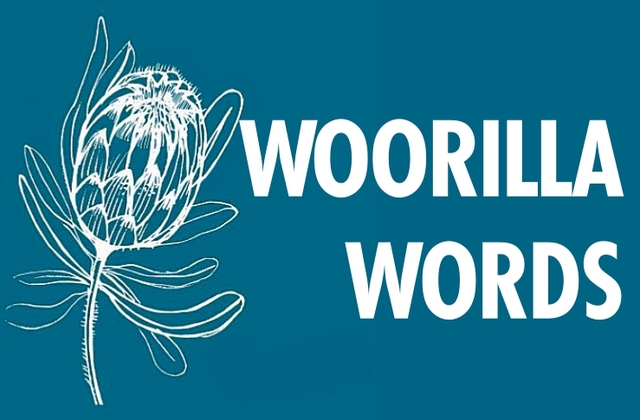WE ARE all acutely aware that the whole of Australia has experienced serious drought conditions for many years now. Whole catchments are stressed and the condition of the Murray/Darling catchment in particular, is an environmental, social and economic disaster of national significance. Without water, crops will fail; without water, stock will die; without water, life as we know it, can’t exist.
This is a time when we need strong, calm and inspired leadership from our governments based on a real understanding of the fundamental elements of both the water cycle and the managements of catchments.
Recent policy initiatives of the Victorian Government show little evidence of this understanding. Part of the State Government’s plans for the future supply of water to Melbourne is to “modernise” the irrigation and other infrastructure in the Goulburn/Murray region – Victoria’s Food Bowl.
This is a project estimated to cost the taxpayer $2,000,000,000, (around $500 per woman, man and child in Melbourne). For this cost it is estimated that some 225 gigalitres (GL) of water will be “saved”. This “new water” will then be allocated 1/3 or 75GL to Melbourne, 1/3 to food bowl irrigators, and 1/3 to the environment.
The State Government believes this is a win, win, win situation; but it isn’t really “new water” as they claim, it is water previously part of the Murray/Goulburn catchment that was wastefully managed and inadequately monitored. It is water that rightfully belongs to the Murray/Darling system.
If water can be “saved” in the Goulburn/Murray Region as proposed by the Government, then it must be used to help in the restoration of the Murray/Darling catchment which, as we all know, is stressed beyond belief.
So far I have outlined my fundamental objection to the State Government’s policy of pumping “magic water” over the Main Divide to Melbourne.
There is strong opposition to this policy from many communities north of the Divide and Minister Tim Holding has faced some very torrid meetings from local governments and many community groups in the Goulburn catchment. So far no ground has been given, but the campaign is hotting up.
However, planning for the pipeline is well advanced and the communities of Dixons Creek, Steels Creek and Yarra Glen have genuine concerns about the details of the route the pipeline will follow. The Yarra Glen and District Township Group opposes both the suggested alignments and landholders in Steels Creek have established a group to oppose the use of private land for the pipeline.
To construct the pipeline along Hunts Lane and Steels Creek Road would involve the loss of between 8km and 12km of invaluable remnant vegetation. Two alternative workable options have been identified and supported by both the township and landholder groups as well as the Yarra Glen Chamber of Commerce.
We have agreed that if this seriously flawed Interconnector project is to proceed, then the best option is that the pipe should follow the Melba Highway to its intersection with the Maroondah aqueduct, just 4.5km north of Yarra Glen and already owned by Melbourne Water, and from there to Sugarloaf.
If there is some valid reason why this is not possible, then the other option is to use the Melba Highway as far as Gulf Road, a “2-chain” road with almost no remnant vegetation and an easy geology for construction.
As I write there are further discussions proposed between the consortium responsible for the planning and completion of the project, several community groups in the Yarra Glen District and the Shire of Yarra Ranges to find the least damaging alignment.
Sadly, the Sugarloaf Interconnector water policy plan of the Victorian Government indicates to me a failure to understand the vital importance of water to the life and wellbeing of country communities and the environments in which they live.
Why take water from a parched catchment with communities suffering water restrictions running at Level 4 or higher, to satisfy the needs of another community (metropolitan Melbourne) with restrictions at 3A?
The Sugarloaf Interconnector policy is both irresponsible and misguided.
•Guest columnist Malcolm Calder is a Steels Creek resident, a retired Professor of Botany at University of Melbourne and a member of several Yarra Glen and district community groups including the Yarra Glen and District Township Group.
Flawed water project
Digital Editions
-

History of the Mt Evelyn Railway Station
Mt Evelyn Railway Station opened as the Olinda Vale Unattended Platform on 13 November 1901 at the highest point (225m above sea level) on the…





